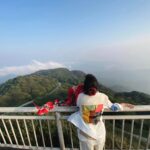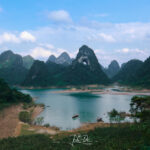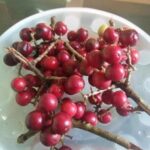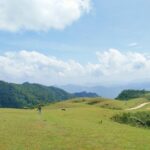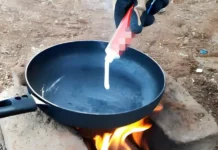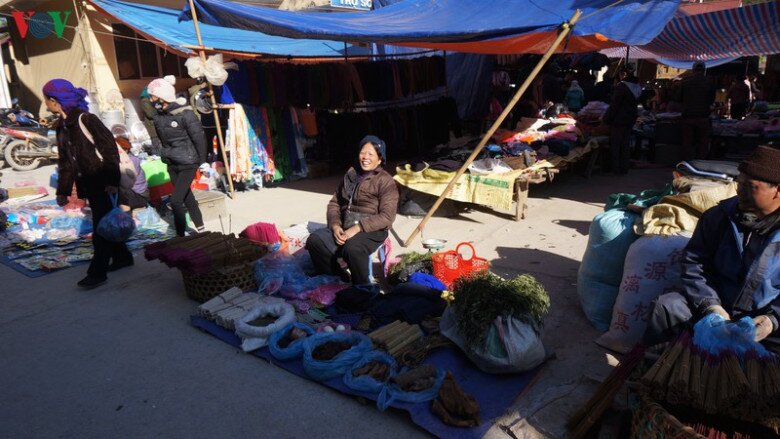
Similar to other localities in Cao Bang, Thong Hue’s market operates on a five-day cycle, taking place on the 2nd and 7th of the lunar calendar. Local people, mostly from the Tay and Nung ethnic groups, bring a variety of highland specialties to trade and sell. At the market, they enjoy sipping rice wine, savoring hot rolled cakes, or buying “banh khao” (a type of traditional cake) as gifts for the children at home.
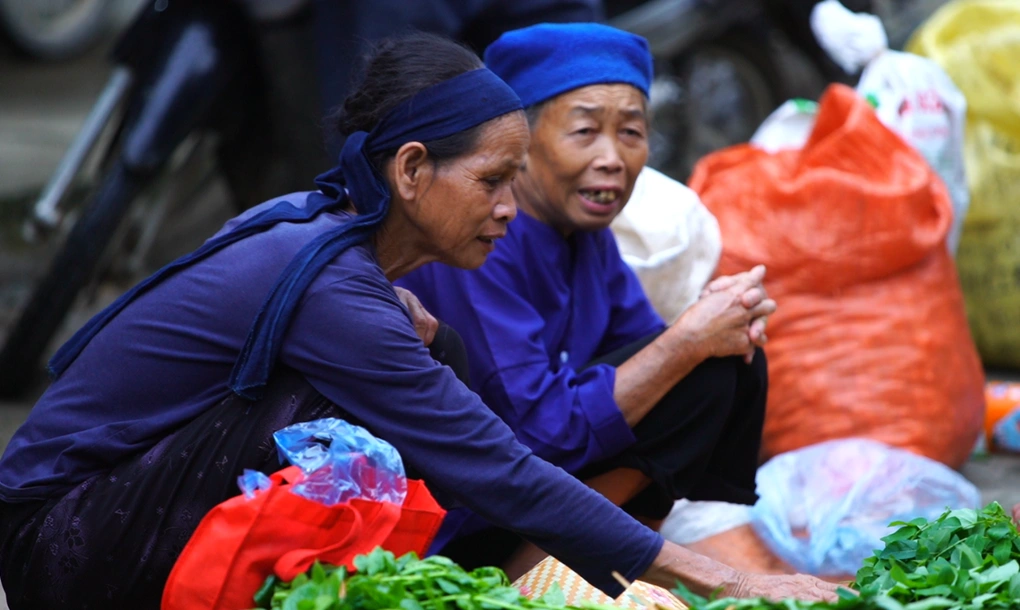
For residents of the capital city who are accustomed to small, bland cabbages, the sight of large, tightly curled cabbages with diameters of almost two hand spans is a delightful surprise at the Thong Hue market.
All the produce sold at the market is grown by the locals on the high mountain slopes, without any use of preservatives or growth stimulants. Whatever they cultivate or gather from the forests is brought to the market. The highland market is not just a place for trading goods but also a social gathering, hence the lively and cheerful atmosphere that permeates the place.
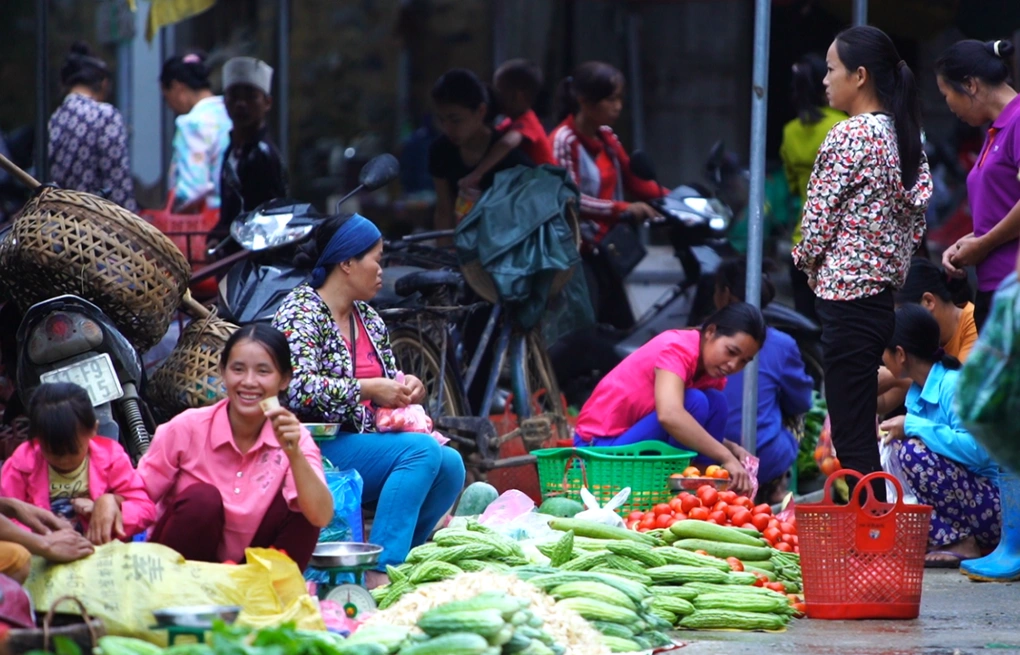
In recent years, Provincial Road 206 has been widened and upgraded, and Khau Liao Pass has been lowered, rerouting the road from Trùng Khánh to Bản Giốc away from the commune’s center. As a result, Thong Hue Market is no longer burdened by traffic, making the market days even more bustling.
From Thong Hue, visitors can follow the Bac Vong River to take a shortcut to Trùng Khánh district, a picturesque location featuring small waterfalls, waterwheels, lush fields, and vibrant “moc mien” (cotton silk tree) flowers blooming in spring. The region’s prosperity is evident in its local specialties, including fresh vegetables, fish, and meat.
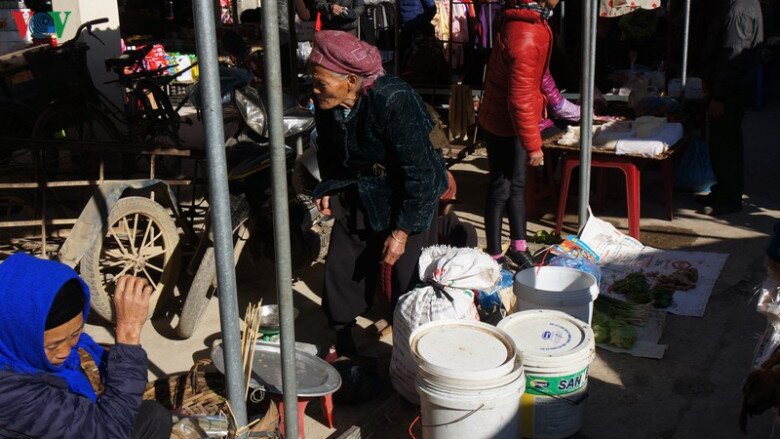
Thong Hue is indeed a fascinating place to visit. Especially during leap years, the locals enthusiastically organize a “Lantern Festival” in the middle of the 2nd lunar month at the Long Vuong Temple, located by the Bac Vong River, at the foot of Co Tien Mountain. The festive atmosphere during this time is electrifying and vibrant.
Exploring the Pu and Chai Heartland: A Thousand-Guest Attraction – What to Do and Where to Eat?
The breathtaking landscapes of Cao Bang province have captivated audiences in the latest hit TV series, sparking a desire to explore this enchanting destination. With its stunning visuals, the show has enticed viewers to embark on their own journey to discover the region’s captivating attractions and delectable specialties.

























